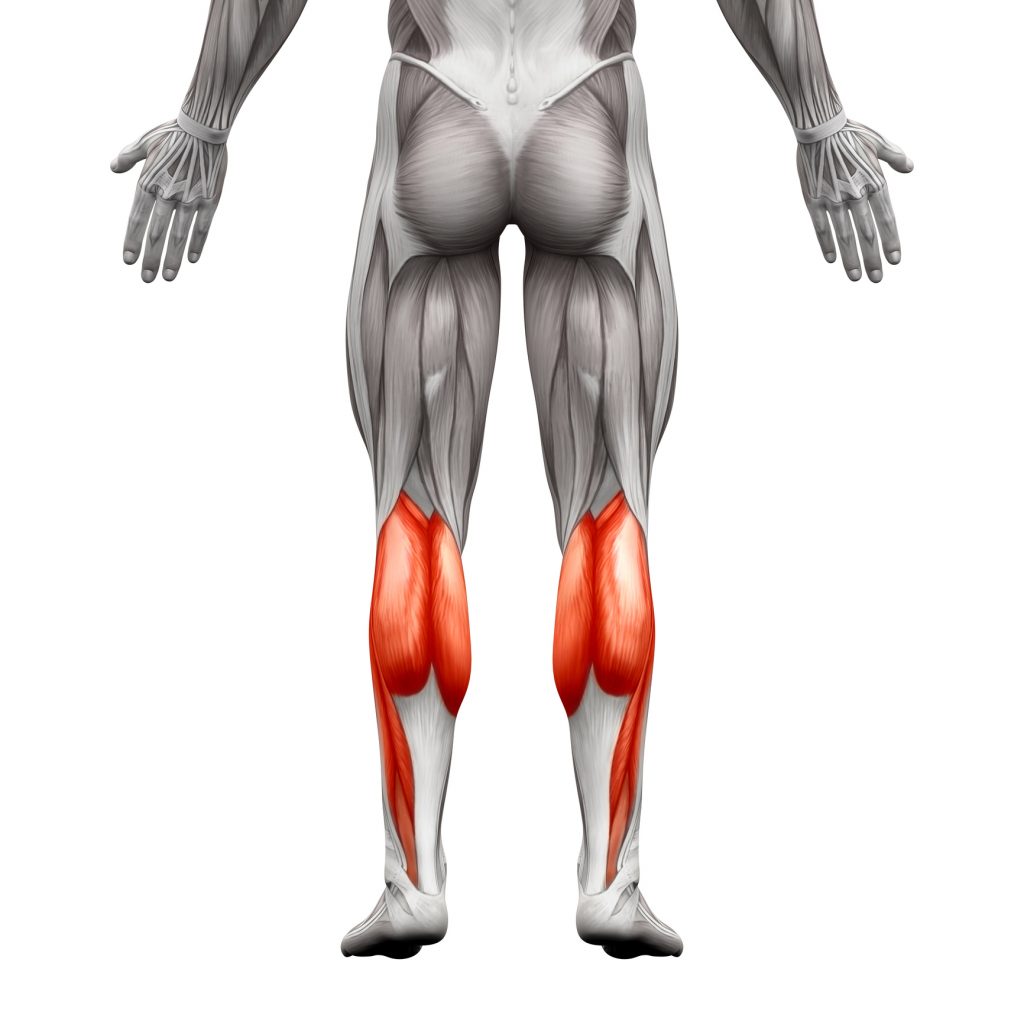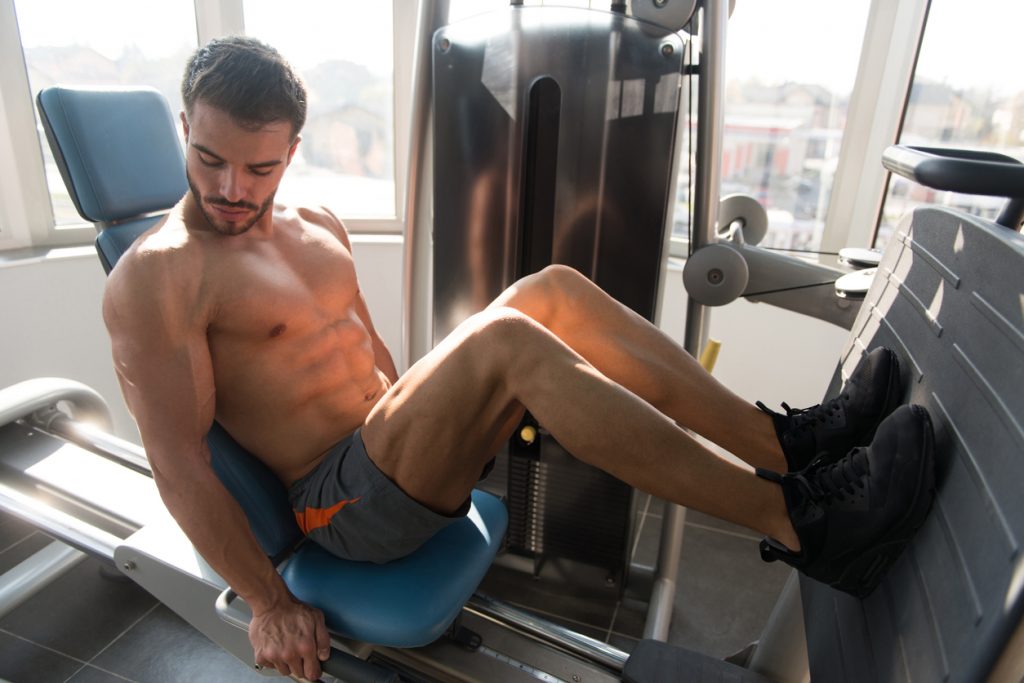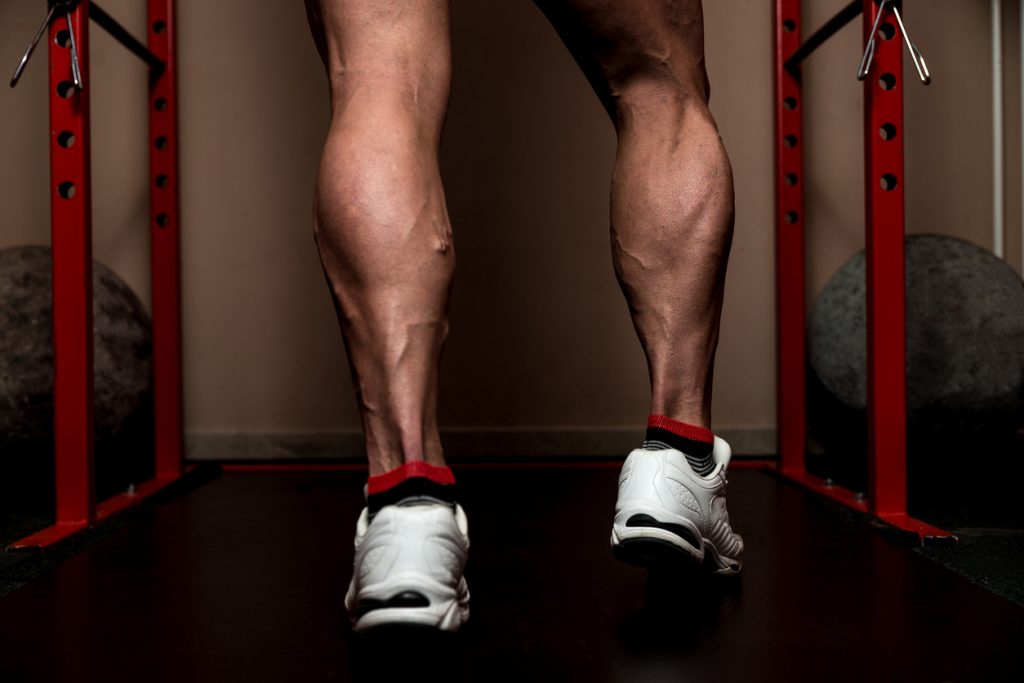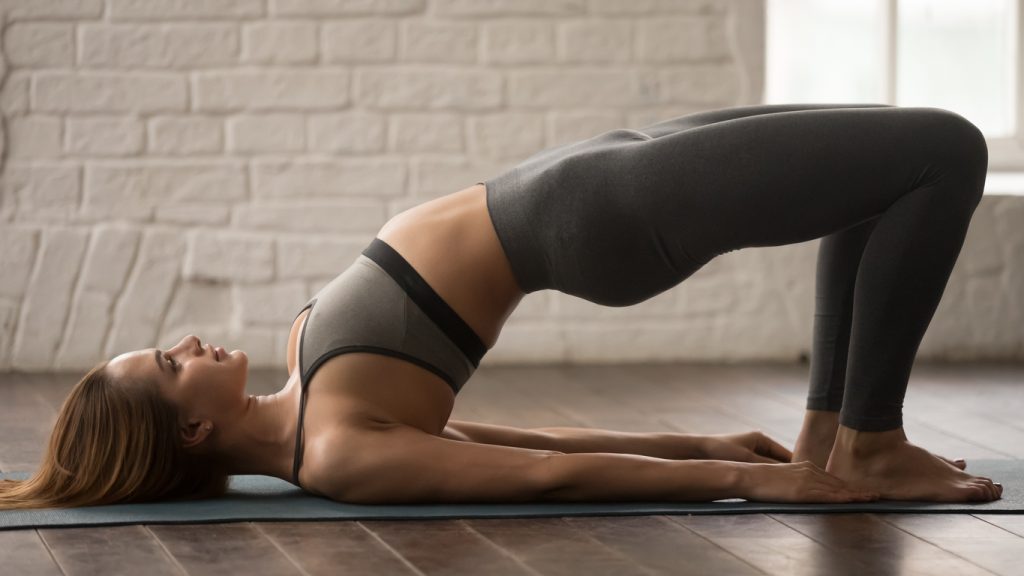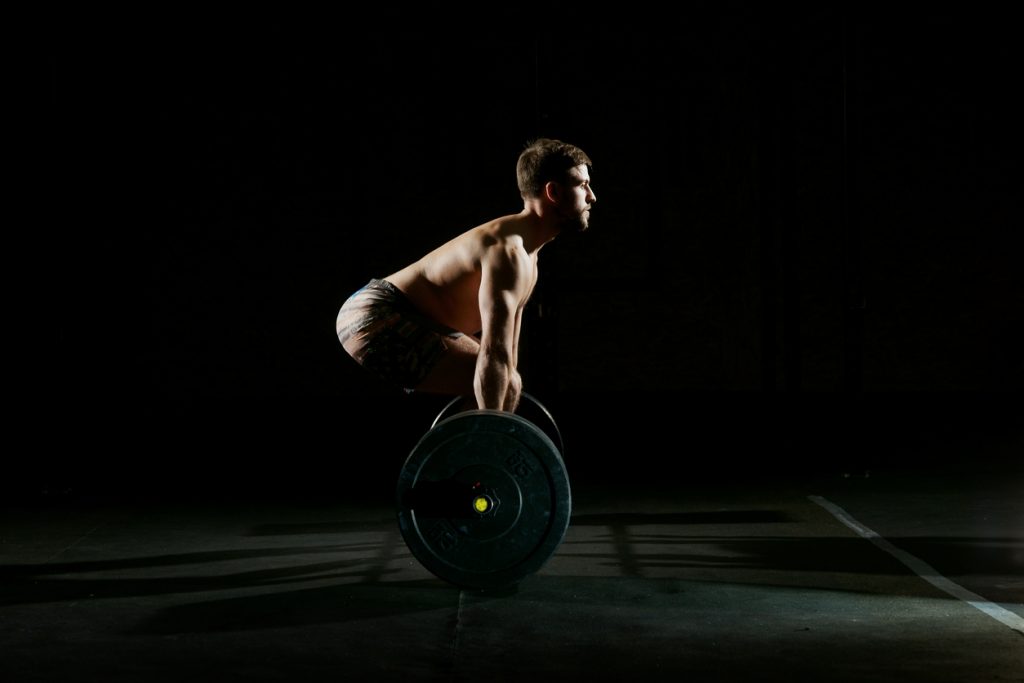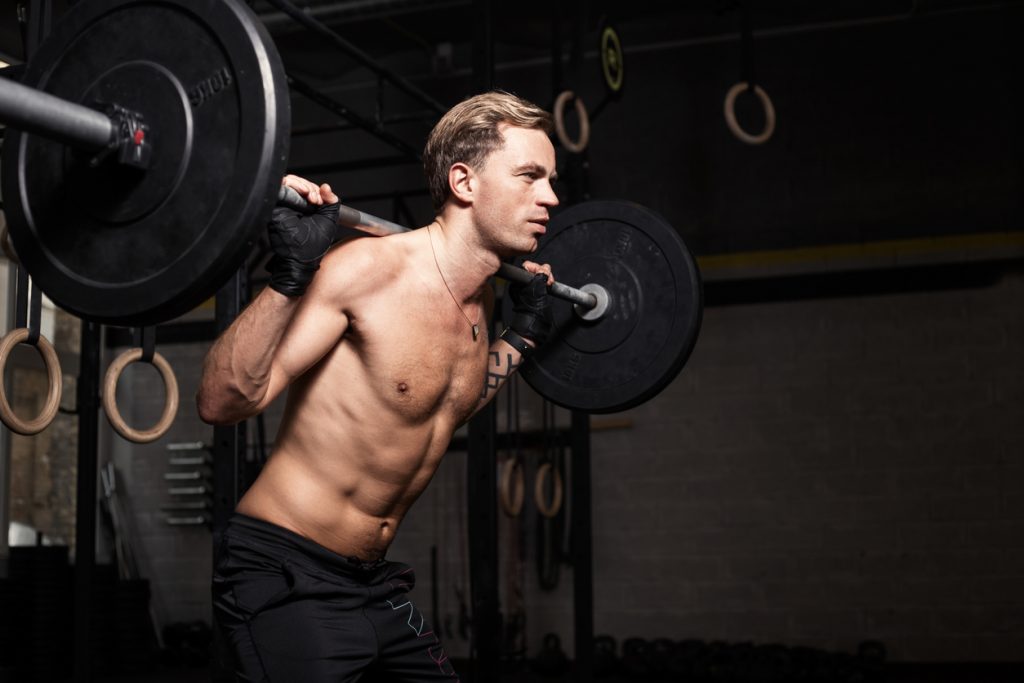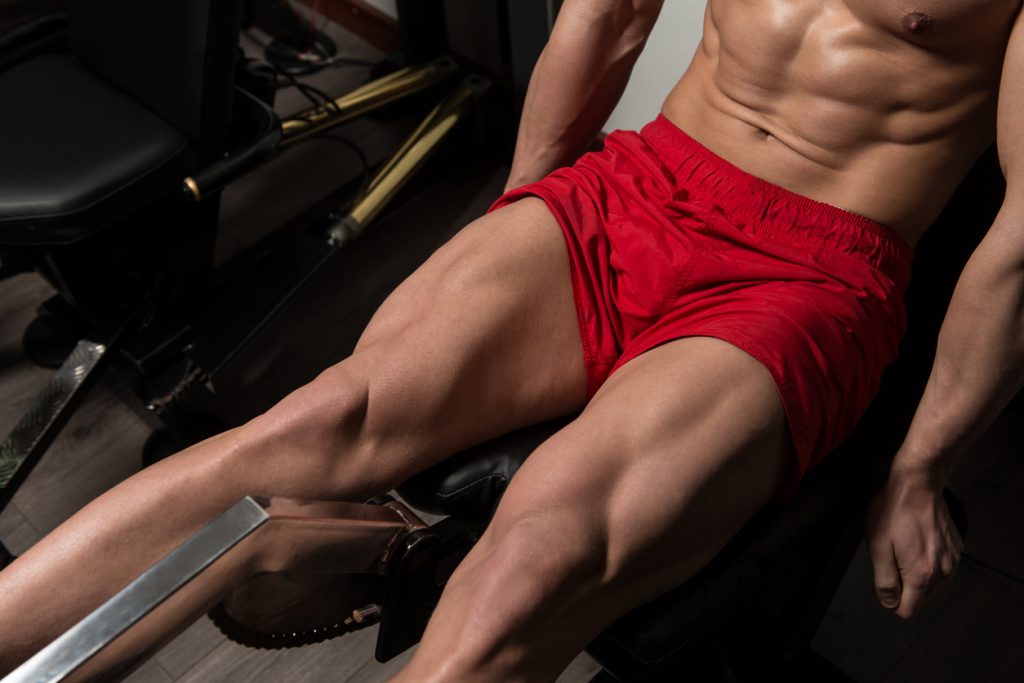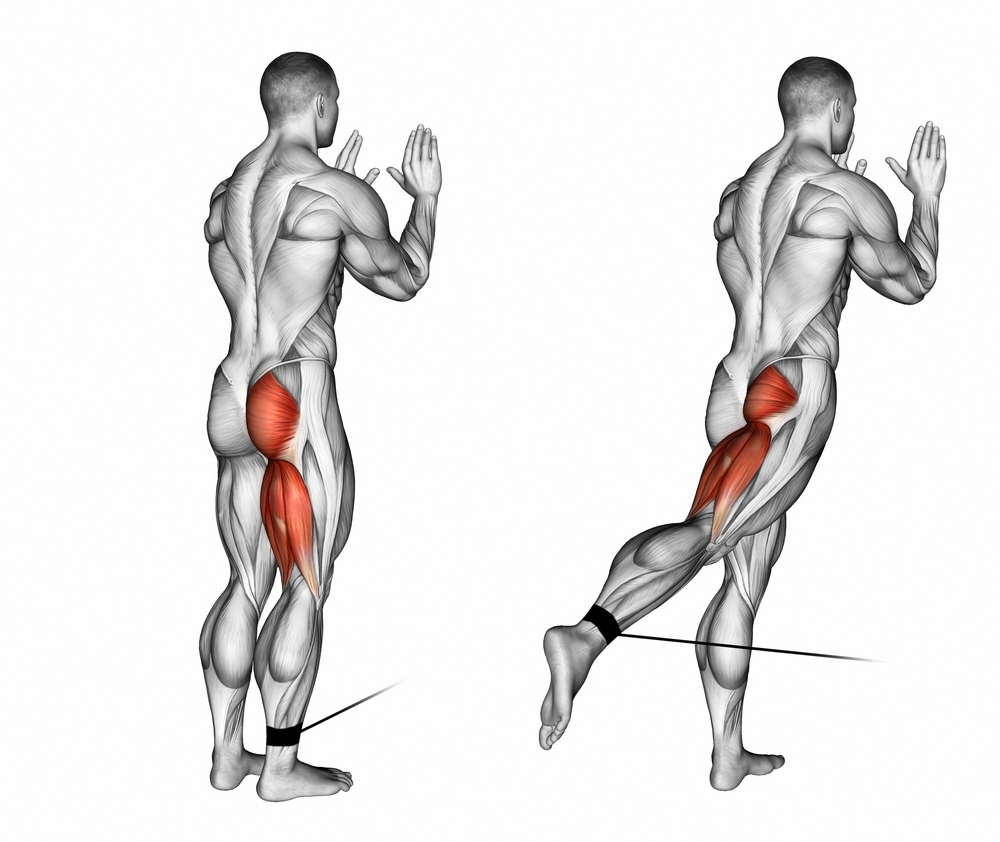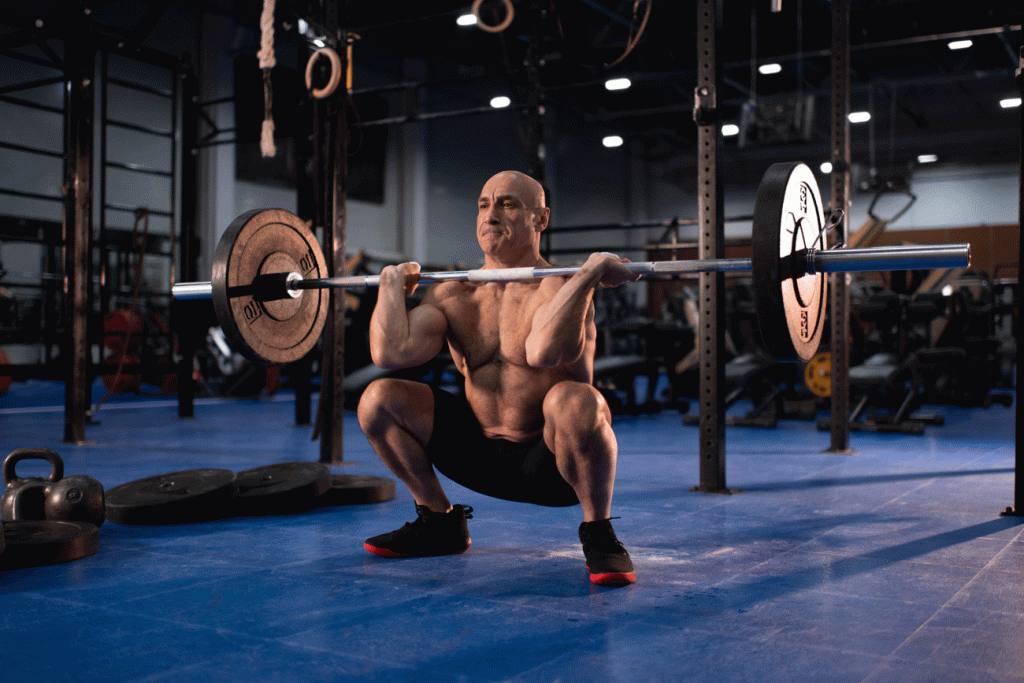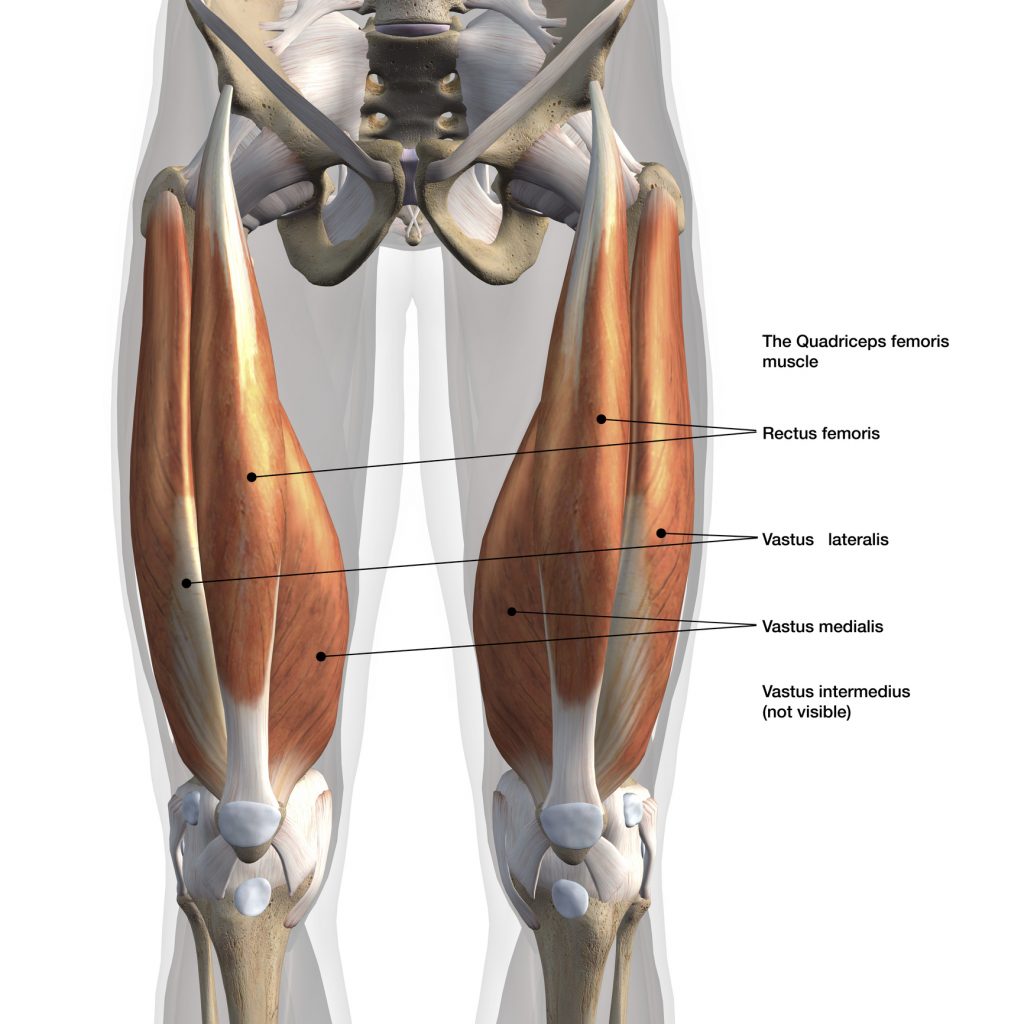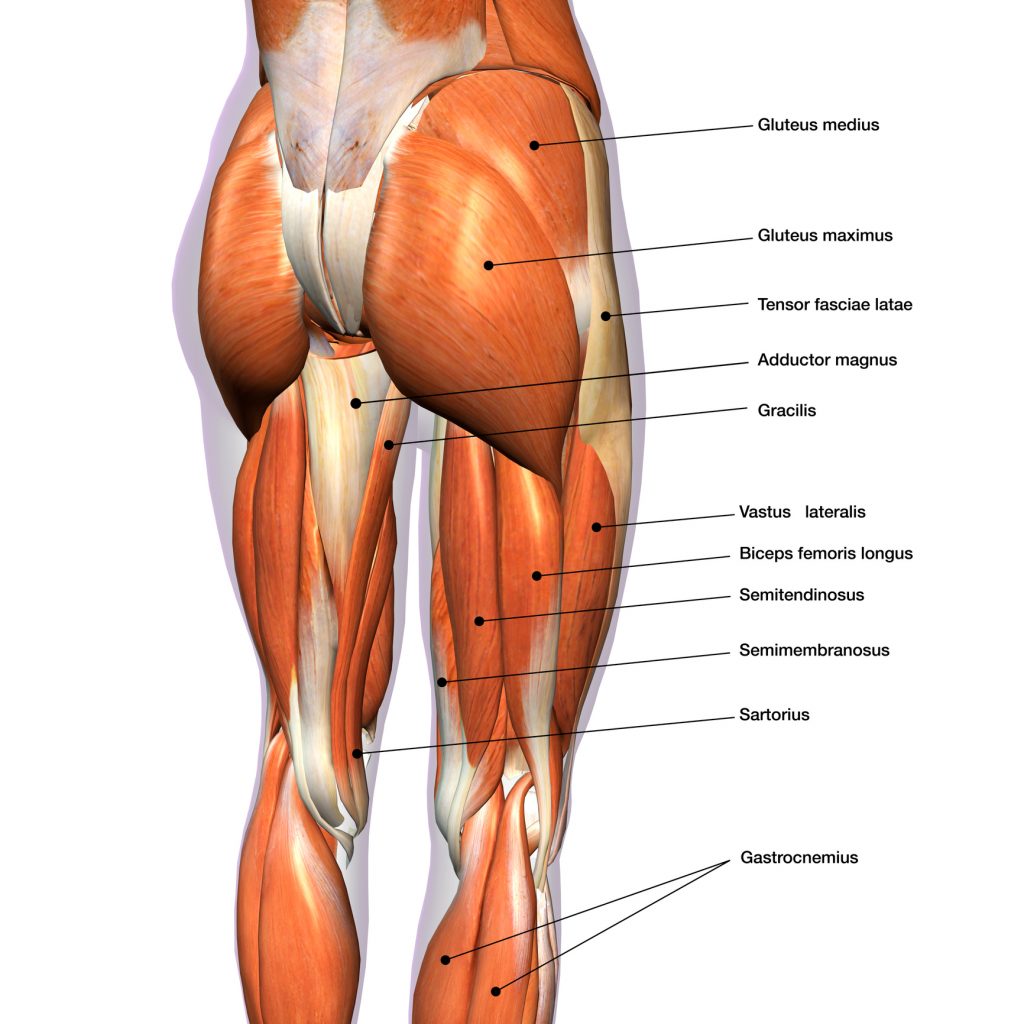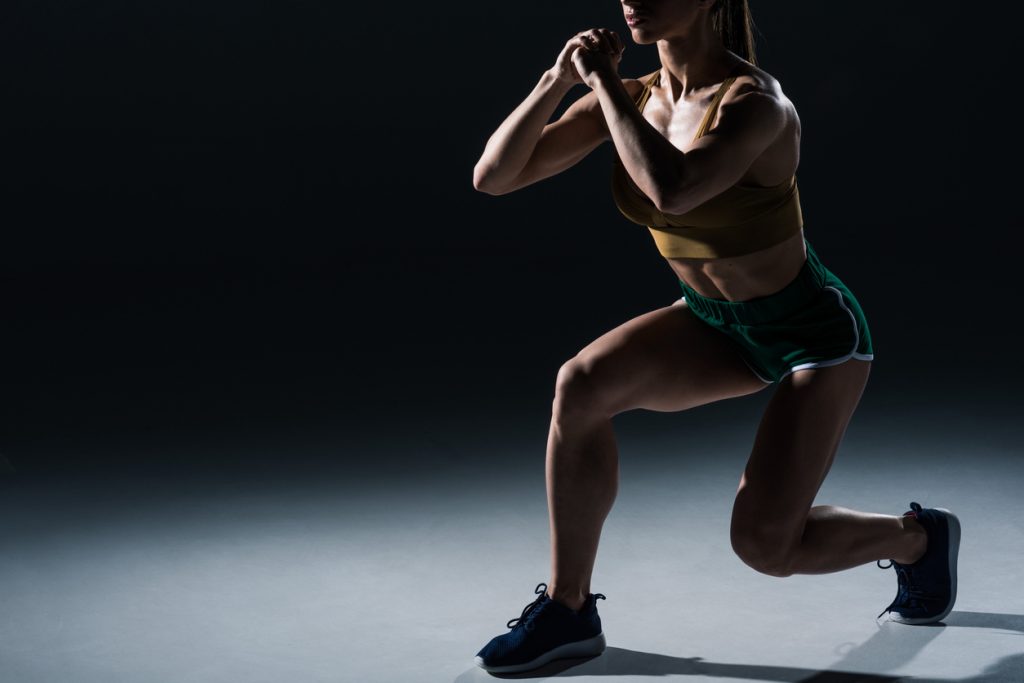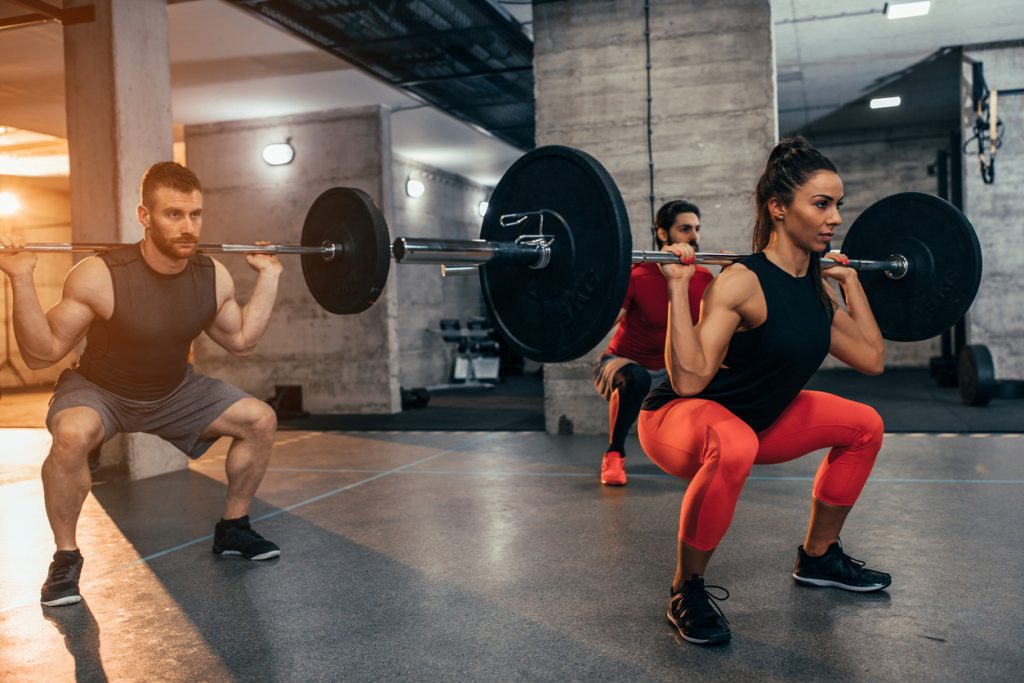Two very distinct planes make up the muscles of the calf (part of the leg). These are:
- the deep muscles,
- the superficial muscles.
In the deep plane of the calf are the hind leg muscles, the popliteal muscles, the flexors of the big toe and the flexors of all the toes. The superficial muscles include the sural triceps, soleus and twins.
The soleus muscle
The soleus muscle is located on the posterior, middle third of the medial border of the body of the tibia and on the posterior surface of the head of the fibula. The latter is also known as the fibula.
Between the fibula and the tibia is a fibrous arch which is easily recognized by its rigidity and strength.
The twins or gastrocnemius
Two main muscles make up the gastrocnemius muscles:
- the medial or inner gastrocnemius,
- the external or lateral gastrocnemius.
Together they form the superficial part of the calf. The medial gastrocnemius is located on the medial supracondylar tubercle of the femur, while the lateral gastrocnemius is nested on the lateral supracondylar tubercle. It is attached to it by a tendon.
The junction of the soleus and gastrocnemius muscles results in the formation of the Achilles tendon. The Achilles tendon is immobilised on the posteroinferior surface of the calcaneus. In addition, a bursa separates it from the bone.
The sural triceps
The sural triceps is a strong muscle that is similar to a lever system (commonly known as the second type of lever). Its main role is to extend the foot. In other words, without this muscle, plantar flexion is almost impossible. The sural triceps is also responsible for internal rotation of the foot as well as adduction.
Standing is also due to this muscle. The sural triceps not only keeps the soles of the feet on the ground, but also allows you to stand on tiptoes. It is thanks to this muscle that you can walk and jump, as it allows the foot to gain momentum and rise.
The flexion of the leg on the thigh is also due to the sural triceps. This is made possible by:
- the insertion of the gastrocnemius on the tibia,
- the resistance lever at the fulcrum and the tensile strength of the muscle.
All scientists agree that the mobility of the feet is an exceptional phenomenon in humans. Better still, it marks the power of the human body. Indeed, when the back of the foot is brought upwards, spectacular gestures can be made.

